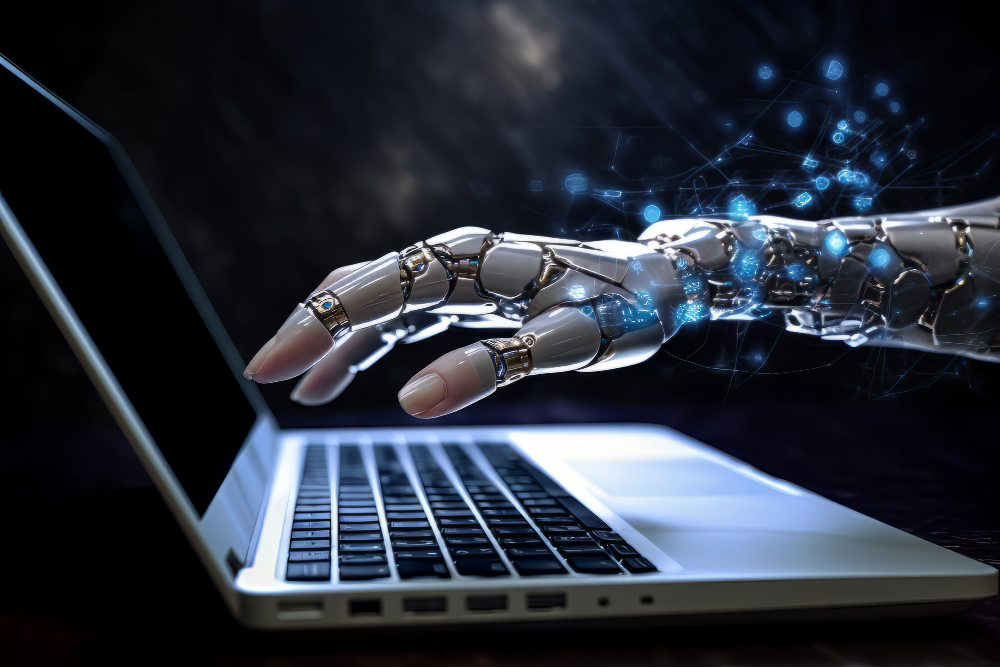Artificial intelligence is reshaping the tech landscape. It allows machines to learn from experience and tackle tasks that usually need human smarts. But what exactly is AI, and how does it work?
AI is a mix of computer science and data. It lets computers mimic human intelligence processes. Think learning, reasoning, and self-correction. This article breaks down AI’s core principles, technologies, and uses, making it easy to grasp.
Understanding AI opens doors to its potential. Whether you’re in business, tech, or just curious, knowing how AI functions can help you leverage its strengths. Dive into the basics and see how AI can transform your world

1. A Brief History of AI
Artificial intelligence has roots that stretch back to the 1940s. Researchers began exploring how machines could mimic human intelligence. The term “artificial intelligence” was officially coined in 1956 at the Dartmouth Conference. This gathering set the stage for AI as a field of study, focusing on problem-solving and symbolic methods.
Alan Turing, a key figure in AI’s development, laid foundational ideas. He introduced concepts that would drive computing and AI forward. Turing’s work on algorithms and machine learning paved the way for future breakthroughs.
Early AI research aimed to replicate human thought processes. Scientists focused on creating systems that could solve problems and perform reasoning. This period saw the development of programs capable of playing games and proving mathematical theorems.
2. AI Technologies Explained
AI technologies are at the heart of how machines perform tasks that usually require human intelligence. Let’s break down some core components.
Deep Learning: This involves neural networks with many layers. It processes vast amounts of data, identifying patterns and making decisions. It’s how AI can recognize images or understand speech.
Natural Language Processing (NLP): This tech helps machines understand and respond to human language. It’s used in chatbots and virtual assistants, allowing them to process and generate text or speech.
Neural Networks: Inspired by the human brain, these are systems of algorithms that recognize patterns. They learn from data and improve over time, enhancing their accuracy and capabilities.
Machine learning automates building models by analyzing large datasets. It learns from the data, recognizes patterns, and makes predictions. This automation is what enables AI systems to improve continuously.
3. AI Core Components
AI is built on four key components: learning, reasoning, self-correction, and creativity. These elements work together to simulate processes similar to human intelligence.
Learning involves acquiring information and understanding how to use it. AI systems learn from data, adapting and improving over time. This learning process is essential for AI to perform tasks efficiently.
Reasoning enables AI to solve problems and make decisions. It involves logical thinking, allowing AI to assess situations and choose the best course of action. This is crucial for applications where decision-making is required.
Self-Correction is the ability of AI to refine its processes. Through feedback and experience, AI identifies errors and adjusts its operations to enhance accuracy and performance. This adaptability is vital for continuous improvement.
Creativity in AI refers to generating new ideas or solutions. While not as advanced as human creativity, AI can produce innovative outcomes by combining existing information in novel ways. For those interested in exploring how AI tools simplify complex processes, our discussion on AI Builder tools and their impact on development offers valuable insights.
Leave a Reply